CHILD RIGHTS OP-ED
Deinstitutionalisation of children: Christmas miracle or ‘no room at the inn’?
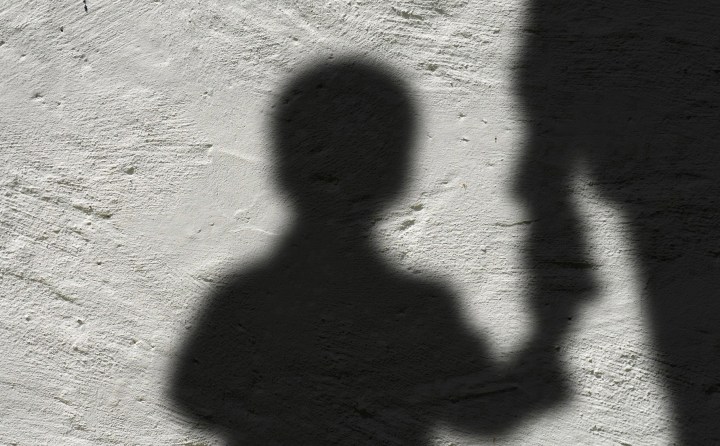
It’s Christmas — a time for parties, presents and pity for those children spending the holidays in institutional care. It makes government’s plan for the mass deinstitutionalisation of children seem miraculous. But, instead, in an uncanny recreation of the first Christmas, it may leave many children out in the cold.
It’s been three years since, on 18 December 2019, the UN General Assembly adopted a resolution on the “promotion and protection of the rights of children”.
The resolution has a section dedicated to “children without parental care”. It states that children should grow up in a family environment, and that “every effort should be directed to enabling children to remain in or swiftly return to the care of their parents or, when appropriate, other close family members and that, where alternative care is necessary, family and community-based care should be promoted over placement in institutions”.
This was followed on 25 June 2022 by the Kigali Declaration on care and protection reform — signed by all Commonwealth countries, including South Africa — which “encourage development agencies by 2025 to prioritise quality care arrangements at the community level, over institutionalisation” and “support projects which take a holistic and inclusive approach to child protection systems development and family strengthening”.
While the move towards deinstitutionalisation seeks to uphold the rights of children, it’s also predicated on the belief that all institutions are inherently damaging, unnecessary and even self-serving. It’s a perspective obvious in global thinking about institutional care.
A study which focuses on “dispelling the orphan myth” illustrates that, while there are an estimated eight million children in institutions globally, 80% have a living parent.
Although the study did not include South Africa, it indicated that, across multiple countries, children were placed in institutional care due to poverty, disabilities, abuse or neglect, discrimination (for example, families that did not want to raise a girl) or because organisations were using nefarious means such as removal orders or recruitment to populate their institutions.
Equally, the Kigali Declaration argues that institutional care is being promoted by “well-meaning international aid, donations, orphanage volunteering, mission trips or tourist visits”. These, it says, “can lead to unnecessary family-child separation and undermine care reform efforts”.
For South Africa, the declarations represent an important commitment from government to move away from long-term institutional care for vulnerable children and have received widespread support.
Lack of nuance
As with many child-rights-focused initiatives in the country, though, the lack of nuance in the global view on institutions may be unhelpful in a South African context, and the application and implementation of the approach is proving challenging.
South Africa has no published figures about the number of children in alternative care, but in March 2022, the department of social development (DSD) reported to the parliamentary portfolio committee on social development that the country had 15,552 children in registered child and youth care centres (CYCCs). There were 3,337 children in temporary safe care and 912 in secure facilities for children with behavioural, emotional and psychological difficulties.
These statistics have not been disaggregated, so it’s difficult to tell how many of these children have been placed in CYCCs because of abuse and neglect; how many have living family members, and how many are abandoned or orphaned with no family options for care.
But, if the figures are accurate — which is doubtful because they do not include unregistered institutions — the number of children in institutional care is relatively low given the country’s ongoing challenges with orphaning and abandonment.
According to UCT’s Children Count, in 2020 there were 2.9 million orphans in South Africa. This includes children without a living biological mother, father or both parents, and is equivalent to 14% of all children in South Africa. A total of 531,000 were maternal orphans and 620,000 (3% of all children) were double orphans.
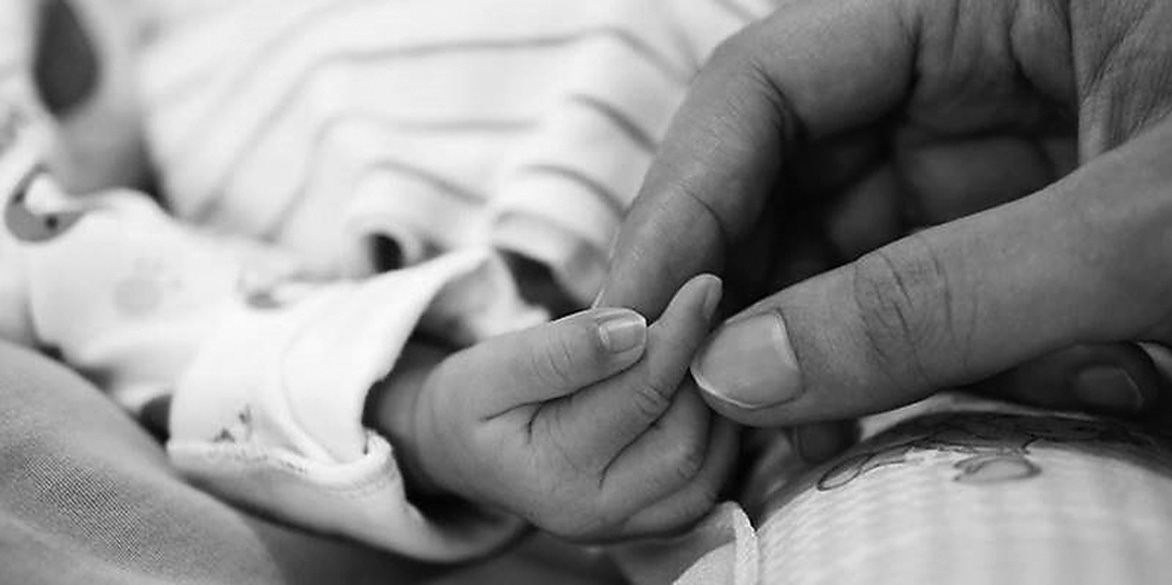
(Photo: 2minutemedicine.com / Wikipedia)
In addition, as of 5 November 2022, 147,000 South African children had lost a primary caregiver due to Covid-19. Of these children, 31% had lost their mother during the pandemic.
In Gauteng, the General Household survey from 2020/2021 recorded 154,000 children between the ages of 0 and 17 being orphaned, a significant increase from the 2019 figure of 78,000, bringing the total number of single or double orphans in the province to 566,000.
While there are no formal statistics to confirm the number of abandoned children in the country, the March report sent to the social development portfolio committee estimated that about 10,500 children had been abandoned across eight of the country’s nine provinces in the past decade (North West did not provide statistics).
The Minister of Social Development admitted that over a thousand children entered the child protection system through abandonment in a two-year period.
Significant numbers need protection
Although not all orphaned or abandoned children need alternative care, the figures indicate that significant numbers of children require care and protection.
This is reinforced by anecdotal evidence. Baby Savers SA reports receiving between 10 and 20 queries every working day from desperate, pregnant moms experiencing a crisis pregnancy, and inquiring about options for placing their children into the child protection system.
Further, despite the DSD stating that CYCCs across the country are 3,000 children under-capacity, in Gauteng, CYCCs testify that they’re turning away between five and 10 children a week.
In this context, preventing babies entering care and shortening the stay of older children in institutional care seems like a Christmas miracle; a response to concerns raised by child protection activists and CYCCs themselves over the past two decades about the length of time children are spending in care.
Factors identified as leading to children’s protracted stays in institutions include high numbers of anonymous abandonments, violence against children, abuse and neglect, anti-adoption sentiment, lack of documentation, interminable bureaucratic processes to obtain birth certificates for children, prolonged attempts to trace first families, lengthy processes to place adoptable children into families, the ongoing collapse of the foster care system and the limited number of social workers able to vet, screen and monitor temporary safe care and foster care parents.
The upshot is that support for women experiencing a crisis pregnancy, violence prevention programmes, increased efficiencies, additional social worker resources and an openness to permanency planning through adoption are an essential part of any plan to end institutional care.
Gauteng prototype
It’s too soon to tell if these components will be included in government’s eventual plan. But despite this, in Gauteng, the DSD has already fast-tracked the phasing out of institutional care for children in accordance with a memorandum of understanding (MOU) signed between the Gauteng DSD and Hope and Homes, a global organisation focused on deinstitutionalisation.
Although this MOU was first agreed in 2016, the Kigali Declaration has led to a flurry of activity towards ending the institutional care of children by the Gauteng DSD because the province has been identified as the prototype for the country.
In July 2022, just a month after the declaration was signed, Hope and Homes met with the CYCCs in Gauteng to inform them that all CYCCs would be closed by 2030. CYCCs were told that they can be repurposed in accordance with the established needs of communities derived through community mapping exercises and based on priorities and gaps the provincial DSD has identified in its planning.
Some suggestions made during the meeting about how CYCCs can “pivot”, are for them to become facilities for children aged 3-11 with oppositional defiant behaviours, day care centres, community outlets or step-down facilities for independent living which will be run by the DSD for children aged 11-21.
Only organisations that meet the DSD’s strategic priorities will continue to be funded.
When CYCCs raised concerns about changing the constitution of their NPO, about zoning permissions for their properties, donor requirements, and about managing the costs of running operations while also transforming their care environment for future requirements, they were told that they had the next five to eight years to review their operations model, repurpose existing buildings and change their funding streams, but that they would ultimately find the shift from “running an institution” more “rewarding in terms of children’s best interests”.
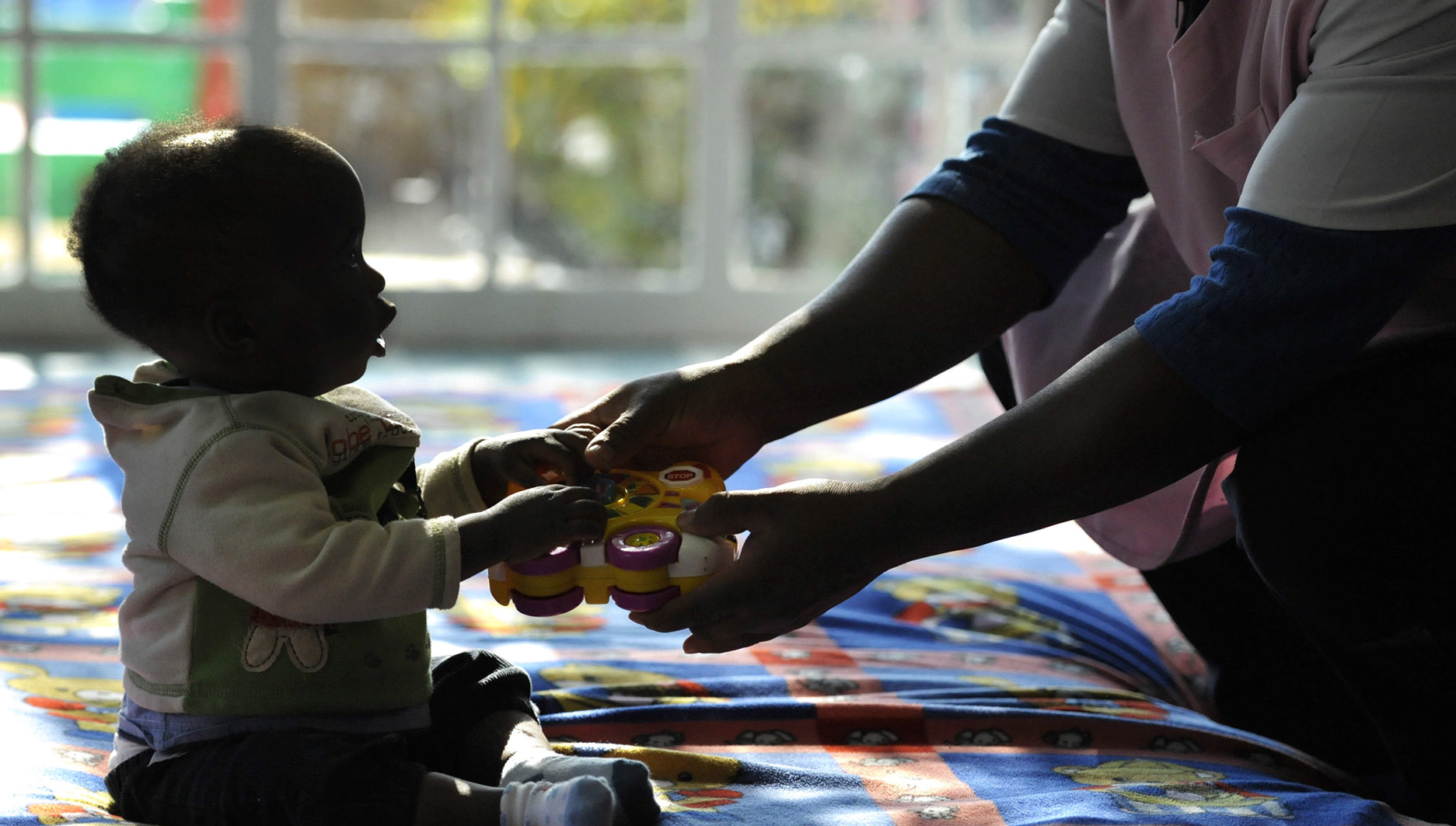
(Photo: Gallo Images / Foto24 / Lucky Maibi)
Supported by the DSD, Hope and Homes also declared an immediate moratorium on children aged 0-3 being placed in CYCCs, and reported that, as the bank of temporary safe care parents increases, children below the age of three currently in CYCCs could be moved too.
Hope and Homes will provide CYCCs with a tool to determine adoptability of those children currently in care. However, the goal will be to reunify children with families wherever possible.
Under the shadow of Life Esidimeni
No one disputes the dangers of long-term institutional care for children. But there are increasing concerns over the deinstitutionalisation strategy being employed in the province.
These focus on three key issues: Hope and Homes’ appreciation of the local South African child protection context and its complexities; the haphazard roll-out of the plan in the province, and the challenges and potential dangers of decentralised, potentially unsupervised care — especially in a province still living under the shadow of the Life Esidimeni tragedy.
Crucial to the disquiet is the question of why the DSD chose to work with a UK-based organisation to pioneer its plans for deinstitutionalisation, when it had local options available.
Initially, it didn’t. When Hope and Homes signed the MOU in 2016, it was in conjunction with Give a Child a Family Africa (GCF), an organisation based in KwaZulu-Natal that has had success across Africa with deinstitutionalisation and replacing institutional care with effective family-based care for children.
GCF believes that only a small percentage of children require long-term institutional care. However, it also recognises that deinstitutionalisation of children requires a serious commitment and a specific plan of action.
Following the signing of the MOU, it seconded its social worker to Hope and Homes for two years to help them understand the South African child protection challenges and develop a contextually relevant foster care programme.
However, when the contract ended after two years, it became clear that they had a different vision to Hope and Homes, who deemed GCF’s foster care strategy with its intensive vetting, recruiting and training regime, social worker involvement and support groups, too expensive.
Hope and Homes has run the programme without GCF since 2017.
While Hope and Homes has a wealth of experience running deinstitutionalisation strategies across the globe, there’s concern that it may not appreciate the complexity of the South African context.
Visit Daily Maverick’s home page for more news, analysis and investigations
During the CYCC briefing, Lourenza Foghill, national director of Hope and Homes for Children South Africa, appeared to diminish the challenge of abandoned babies without family care, claiming that Hope and Homes would be able to find the families of many “so-called abandoned babies” because it has experience using track and trace to do so.
She also intimated that the presence of CYCCs was encouraging desperate mothers to place their children into the child protection system rather than raising the child. She said there are currently “lots of people willing to help desperate mothers, which leads to mothers deciding that they can’t and won’t be able to care for their baby, which leads to the baby going to a CYCC and then being adopted”. This, she said, “is not optimal for Hope and Homes”.
In addition, although she recognised the impact of Covid on the recruitment of temporary safety parents, she didn’t acknowledge the current problems with the foster care system which have still not been solved more than a decade after the first court order instructing government to fix the overburdened and under-resourced system.
And despite referring to the availability of temporary safety parents to keep 0-3-year-olds out of institutions, as of July, Hope and Homes only had 18 parents in the “bank”.
Haphazard implementation
Equally concerning is the seemingly haphazard way that the programme is being implemented by the department. No written directives on the deinstitutionalisation process or requirements have been published, and government confessed that, despite instructing the CYCCs in July that they were not allowed to receive any more children aged 0-3, it failed to brief the child protection organisations (CPOs) that place children with them about the change in policy.
CPOs have unwittingly continued to bring 0-3-year-olds to CYCCs, forcing them to either ignore the moratorium or turn children away.
Moreover, it appears that whether intentionally or coincidentally, the DSD is making the re-registration of CYCCs very difficult. The upshot is that it is culling CYCCs even before it is ready to roll out its plan for deinstitutionalisation.
Factors precluding re-registration include DSD requests for health and safety certificates despite these not being required when there are no structural changes; for building plans despite some buildings being more than 100 years old, and for certification of competence for child and youth care workers from the South African Council for Social Service Professions (SACSSP), which are mandatory, but the SACSSP cannot issue certificates because of technical problems and the DSD won’t accept written confirmation of competence.
The result of these bureaucratic challenges is that some CYCCs will lose their registration long before alternative arrangements can be made for the children in their care. They will be forced to turn children in need away and, if the problems persist, children in their care will be removed because magistrates will not renew orders if the CYCC is not registered.
Others will have their children forcibly removed.
Care centre re-registration
In March 2022, a Gauteng CYCC was denied re-registration after the department introduced new requirements that had not been in place when it was originally registered in 2016. Unlike other CYCCs experiencing similar challenges who managed to get short-term re-registration while they raised money for architect fees and developing building plans, obtained health certificates in a pandemic or assisted the SACSSP to verify their staff training, this CYCC was given no grace period.
It was informed that its 10 children, aged three and under, would be removed and placed elsewhere.
In disbelief, caregivers packed everything for their children and watched while they were relocated to temporary safe care in Pretoria. For two months, they transported their care workers to Pretoria every day to maintain continuity of care for their children. Their nursery manager slept in a sleeping bag on the floor at the children’s new home to try to mitigate the trauma of the move.
By May, however, it became clear that they wouldn’t be re-registered and, for the sake of the children, they chose to withdraw.
They now face the dilemma of whether they should continue to employ their nine staff members whose salaries they still pay, despite not having any children in their care.
The story of Hannah
Notwithstanding their best efforts to minimise disruptions to the children, the nursery manager told the story of Hannah* who had been placed in the CYCC’s care at birth. At the age of three, she was moved from the only family she had known. As she arrived at her new “home”, she was greeted by her new house mother who asked her how she was.
The little girl looked at the nursery manager, then tensed up and threw herself face down on the ground. Recognising a trauma-induced “freeze” response, the nursery manager picked Hannah up, comforted her and helped her to deal with her distress.
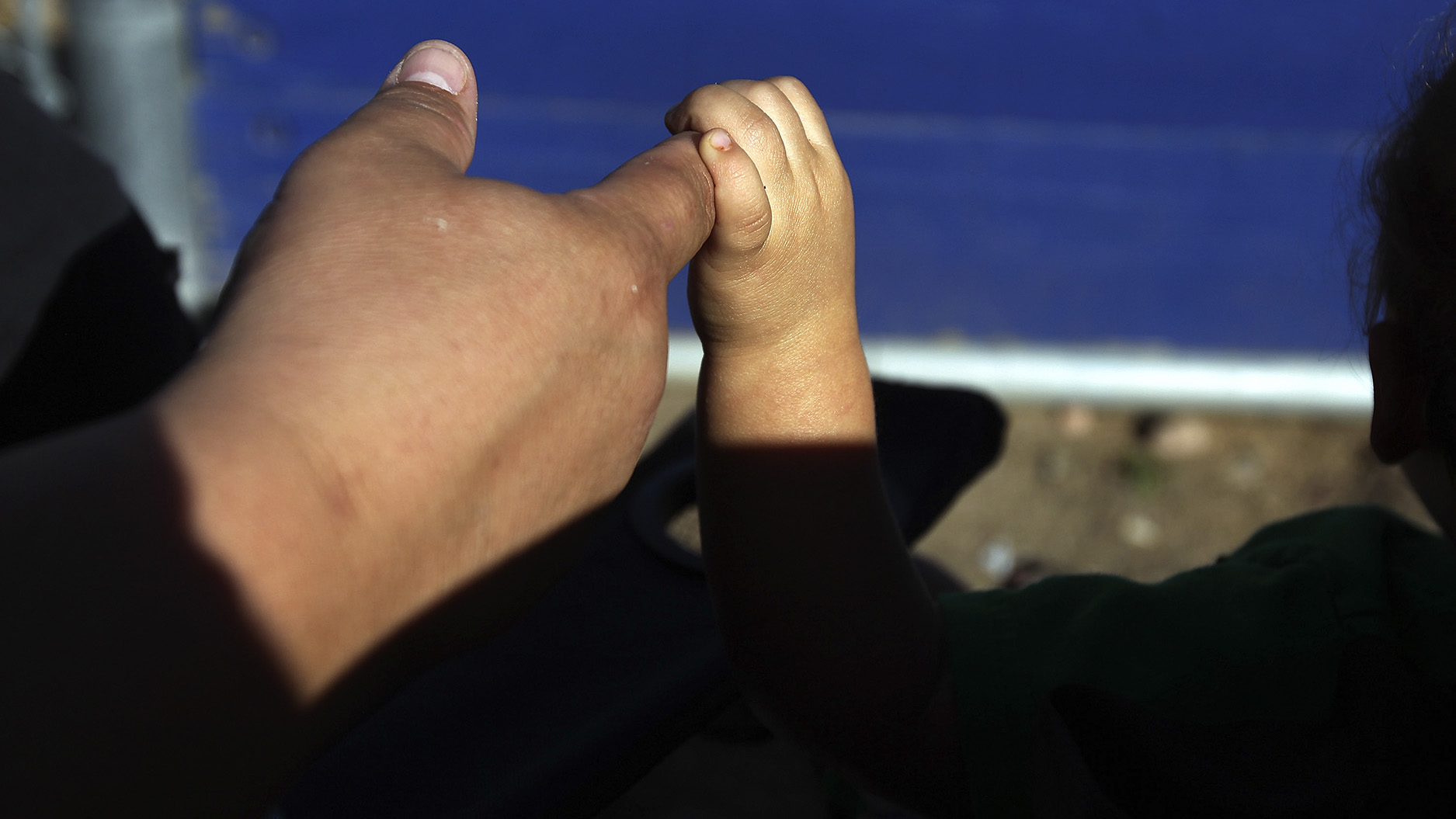
(Photo: John Moore / Getty Images)
A month later, Hannah’s best friend and “sister” was adopted and left the home, and a month after that, the nursery manager and her beloved “aunties” had to leave. Hannah, who is not adoptable because she has family with whom she cannot yet be reunited, will spend this Christmas in temporary safe care without the adults or friend who love her, and to whom she attached at birth.
Hannah’s story epitomises the damage that can be done without a proper deinstitutionalisation roll-out plan or way of ensuring continuity of care for all children.
Equally concerning is what has become of the 0-3-year-old children whose stories cannot be told, but who are already being turned away from CYCCs despite there being no alternative plan for their care.
Who’ll step in?
While an end to long-term institutional care is both a global priority that the South African government has endorsed — and an ethical imperative — important questions need to be asked about who will care for these children when institutions are gone.
How will we devolve quality care away from organisations but still ensure that there is proper recruiting, vetting, training and monitoring of their replacement carers?
How will we ensure that a professional foster care and temporary safe care system is not equally destructive, as has been experienced in other parts of the globe?
Although the UN resolution emphasises permanency, how will we provide permanency for vulnerable children in a country with a statistically verifiable problem with anonymous abandonment; more than half a million double orphans; the ongoing challenge of violence, neglect and abuse; an anti-adoption stance; an overburdened foster care system and too few social workers?
As the deinstitutionalisation plan is executed, many CYCCs will be forced to close their doors and dismiss their caregivers. Others will pivot and reinvent themselves in a desperate attempt to continue receiving government subsidies.
It is the children and their best interests that should be of primary concern.
As the spectre of Life Esidimeni continues to loom over Gauteng, the haphazard implementation of decentralised care without proper supervision and support is a terrifying prospect.
With our most vulnerable children at stake, we cannot afford to get this wrong. DM
* Name changed to protect her identity.
Hope and Homes was asked for comment for this article, but had not responded at the time of publishing.






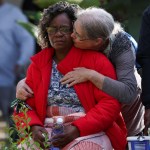












Comments - Please login in order to comment.